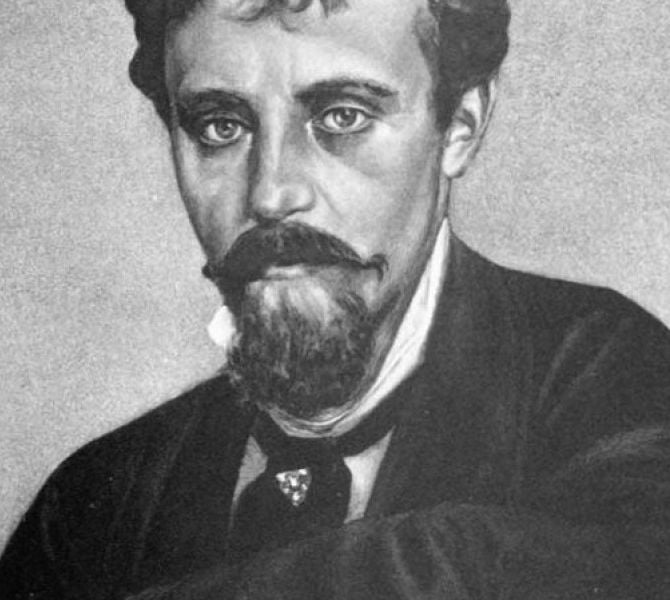Exploring Ancient Cosmologies
Parmenides (c. 450 BCE) The Sphere of All, Wreaths of Fire
Parmenides of Elea in Italy challenges conventional physics by arguing against the existence of motion, change, and differences in matter (quoted by Simplicius in Phys. 146.5). Despite this, he describes the “beliefs of mortals,” representing his view of the deceptive physical world Ionic Thought’s Influence, akin to the Buddhist concept of maya. Parmenides envisions heavenly bodies as concentrations of fire-vapor, regulated by “Necessity” to move between an inner “wreath” of fire and an outer solid sphere (Aetius 2.7.1). It is unclear whether he perceived the “wreath” as an asteroid belt and the outer shell as a true sphere, leaving ambiguity about the shape of the earth.
Empedocles and Anaxagoras Reflections of Light
Empedocles of Acragas (mid-5th century BCE) seeks to reconcile Parmenides’ unchanging universe with chaotic matter, proposing a system in flux between harmony and strife. He introduces an outer, hard universal sphere holding fixed stars, along with an inner sphere of double hemispheres—one of lighter fire for day and one of darkness for night. The sun and moon are not physical bodies but concentrated, polished spots on this inner surface, reflecting the outer fire (Eusebium P.E. 1.8.10).
Anaxagoras, a contemporary of Empedocles and friend to Athenian statesman Perikles, adheres to the separation and condensation theory. However Istanbul Day Trips, his heavenly bodies are solid objects (Plat. Apol. 26D). Anaxagoras contributes significantly to astronomy by proposing that the moon’s light is a reflection of the sun (Plat. Crat. 409b). He also explains lunar eclipses as caused by Earth’s shadow and solar eclipses by the moon passing before the sun (Aetius 2.29.6).








